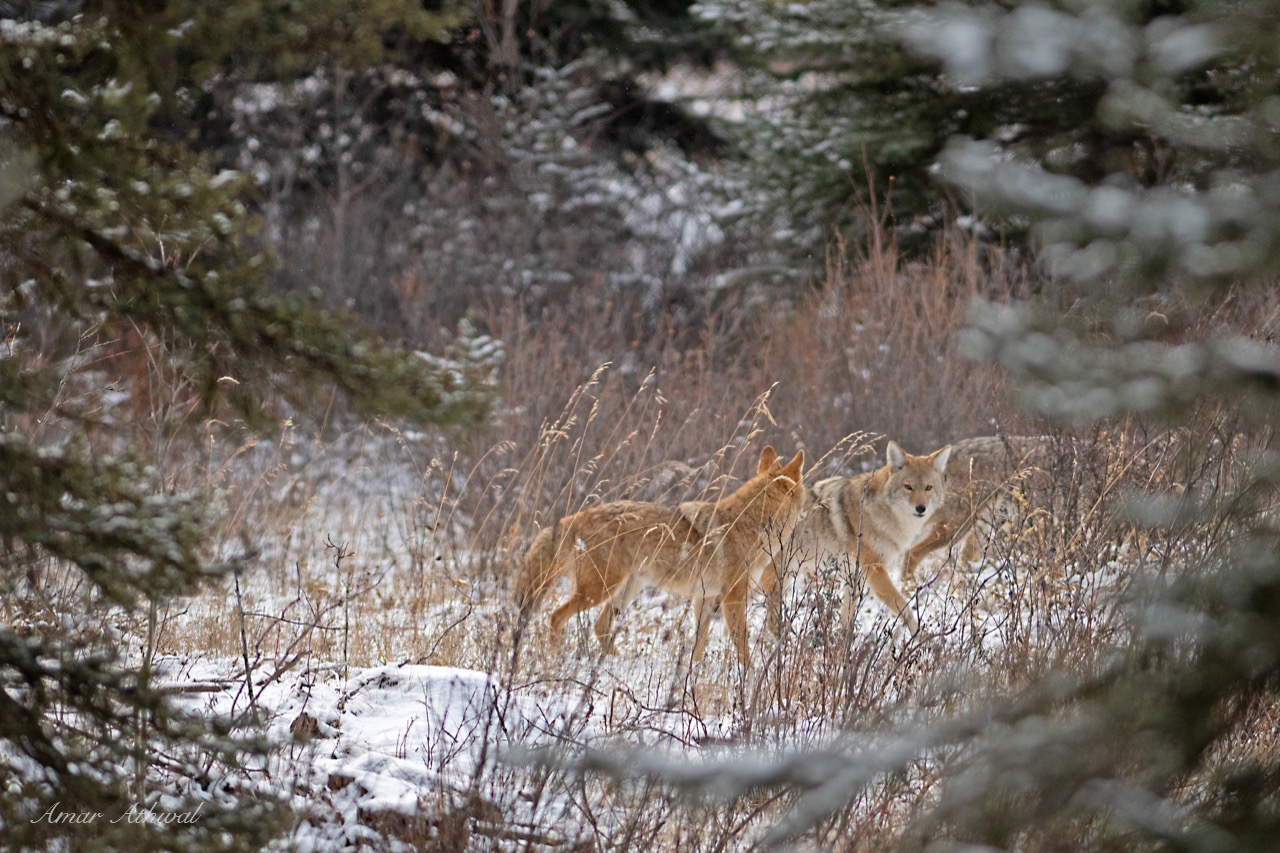I can honestly say I have never gotten tired of nature photography, with so much to choose from, there is always something to take pictures of and each season brings different opportunities. But I also want to keep growing as a photographer. So over the winter I started to look for the smaller pictures I was passing by. It’s hard at first, but it has and will get easier trying to find a picture with just some rocks and ice and snow, or instead of the whole forest from a distance, getting close and having only just few trees in the picture, or a single one from a distance.
A couple of days before warm weather arrived I was on a small patch of open ice on the Bow River. The section was roughly 3 meters by 6, the ice was full of cracks with various shapes of ice bubbles. Again, where ever below the water organic material is breaking down, there is a good chance methane gas is bubbling up and during winter getting trapped. It was very relaxing hour spend looking down at the ice and coming up with what I thought would make a good abstract image. Knowing the ice was solid, I was relaxed and spent a good hour getting different compositions, attached is my favorite. Art by nature, photo my moi.



















